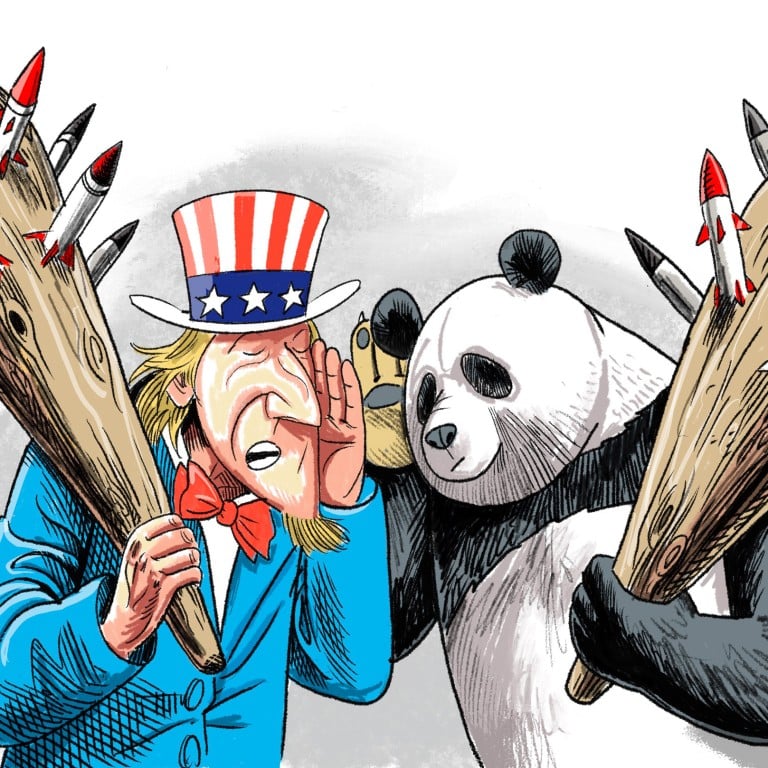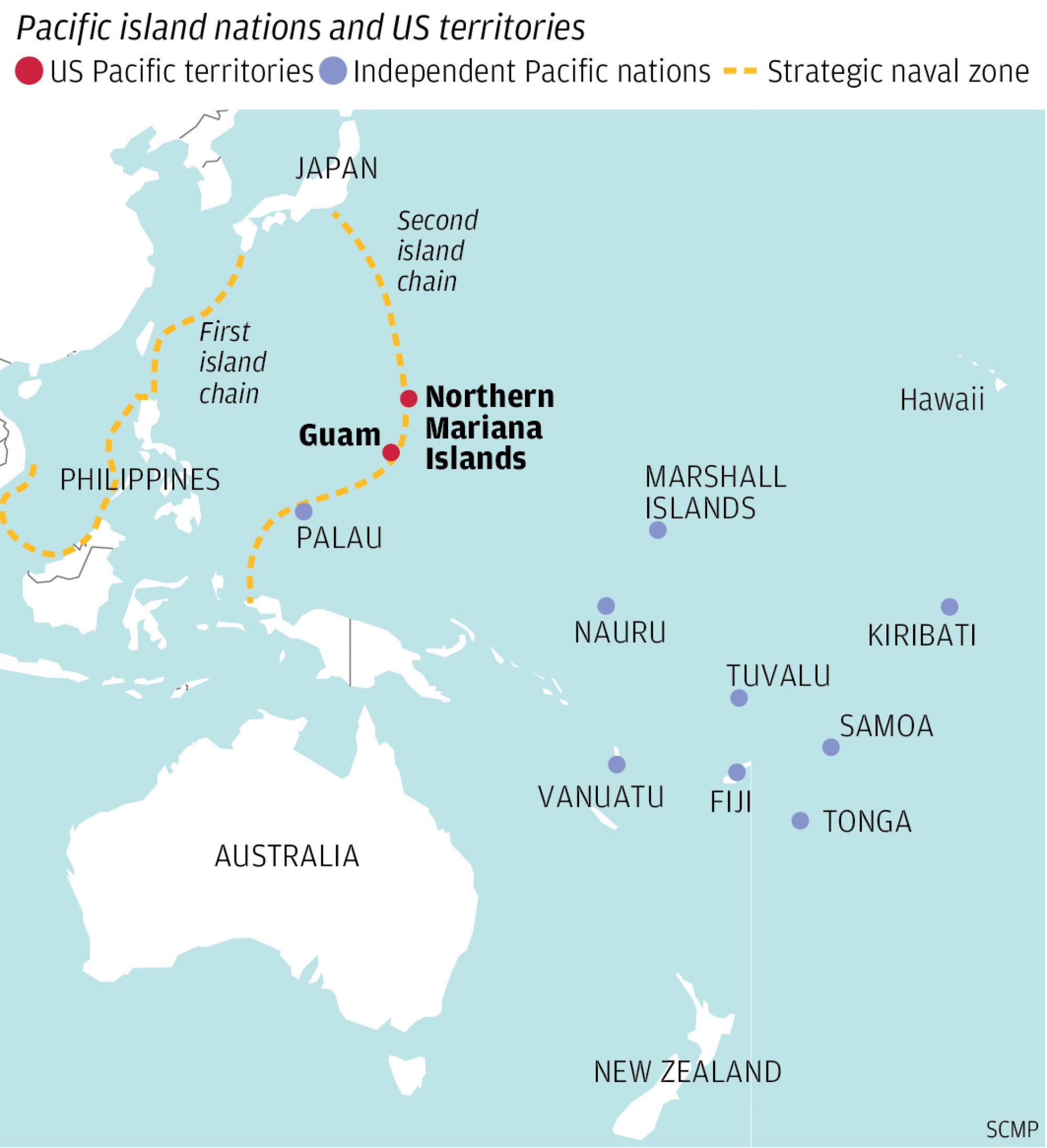That same month, Philippine President Ferdinand Marcos Jnr
met Xi on the sidelines of the Asia-Pacific Economic Cooperation (Apec) summit in San Francisco and said both sides would work to lower tensions in the South China Sea. Weeks before, Australia and China resumed an annual leaders’ dialogue when Prime Minister Anthony
Albanese visited Xi in Beijing, stabilising commercial ties after about three years of de facto trade war.
What is emerging in the Western Pacific is similar to the situation between the United States and the Soviet Union in the late 1950s and early 1960s, when the two Cold War blocs were engaged in a wide-ranging dialogue that included cultural exchanges. But the standard conduct was also armed competition and proxy confrontations – like today, in the Indo-Pacific.
Despite the Xi-Biden summit, Beijing’s military activities near Taiwan have continued unabated. Indeed, since September 2020, the mainland has reportedly amplified its
“grey zone” operations around the island by increasing the deployment of air and naval assets, and expanding their range.
On its part, the US last month launched air and sea
joint patrols with the Philippines across the Luzon Strait and South China Sea in a display of support for Manila, which has competing claims against China in the sea. The Chinese
reacted with two days of live-fire drills near Hainan island.
Soon after, the Philippines embarked on its first air and sea joint patrols in the South China Sea
with Australia. And it took place mere days after an Australian warship sailed through the Taiwan Strait.
All of these moves, including the
joint transit of US and Canadian warships through the Taiwan Strait in recent years, could be seen as a response to Beijing’s increasing expansion of its air and naval operations near Taiwan, and appear to be taking shape as the embryo of US-led multilateral freedom of navigation operations (fonops) in waters claimed by Beijing and its neighbours.
In strategic terms, multilateral fonops run by the US create a nightmare scenario for Beijing, aggravated by the US
redesignation of a key military unit based in Japan’s Okinawa prefecture as the 12th Marine Littoral Regiment. Such expeditionary troops are meant to contain Beijing’s naval forces within the so-called first island chain – which includes the Philippines and Taiwan – in an attempt to deny them access to the broad Pacific in a crisis.
That an armed thaw is the current geopolitical condition in the West Pacific is also illustrated by Japan’s planned acquisition of
400 Tomahawk missiles from the US. And there is more on the missile front. Washington reportedly has plans to field ground-based intermediate-range missiles in unspecified locations across the Asia-Pacific to dissuade the People’s Liberation Army (PLA) from attacking Taiwan.
Such an initiative is a practical consequence of the US withdrawal from the
Intermediate-Range Nuclear Forces Treaty with Russia in 2019. In addition, the Pentagon has transferred MQ-9 Reaper drones to Okinawa. The eight unmanned vehicles were relocated to better monitor Chinese naval units in the East China Sea.
So it appears the US is responding to China’s military assertiveness in kind. In connection with its allies, Washington is pressuring mainland Chinese forces in the South China Sea, the Luzon and Taiwan Strait, and the island chain south of Japan, as the PLA continues to test and possibly strain the defences of Taiwan, the Philippines and Japan.
The US is forcing the Chinese to be constantly on the alert, obliging them to send vessels and aircraft to shadow its military assets and those of its friends. As Australia’s ambassador to the US, former prime minister Kevin Rudd, emphasised on November 21, “
integrated deterrence” ensured peace and stability in the Taiwan Strait and East Asia.
The reality is that both sides seem ready to communicate and to try to ease tensions, but they also do not renounce their right to arm their militaries to the teeth. And to China’s chagrin, this dynamic involves not just the US and its allies. Vietnam, among a number of Southeast Asian countries disputing China’s claims to the South China Sea, is a case in point.
After
recent talks with Vietnamese Prime Minister Pham Minh Chinh in Ho Chi Minh City, Chinese Commerce Minister Wang Wentao said Beijing was ready to boost trade ties with Hanoi. But Vietnam has also
reportedly been ramping up its expansion of the disputed Spratly Islands in the South China Sea island and
negotiating to buy BrahMos supersonic cruise missiles from India that can, potentially, be installed on those islands.
Increasingly, it’s starting to look like armed thaw could be the new normal in the Indo-Pacific power play.
Emanuele Scimia is an independent journalist and foreign affairs analyst



